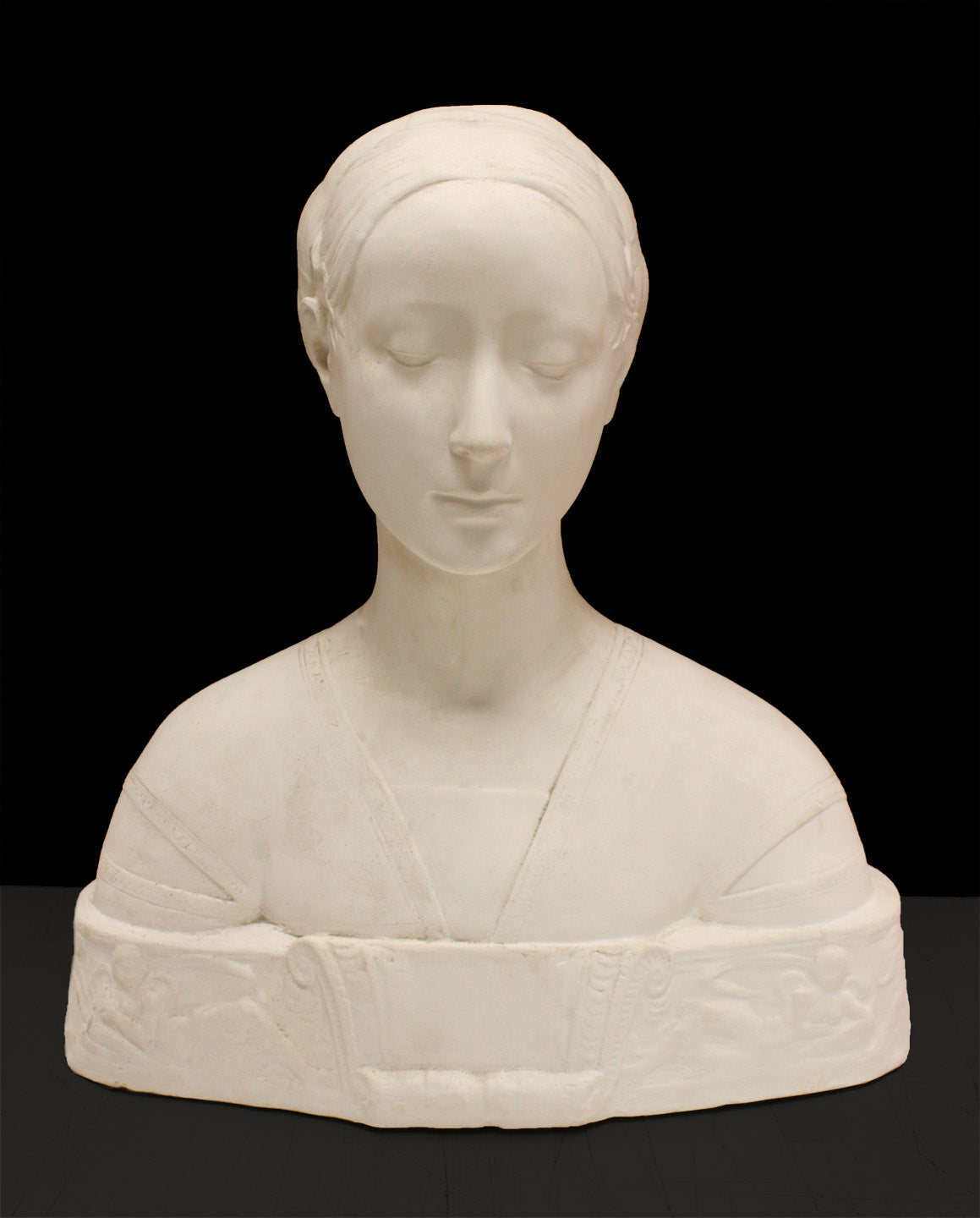Albert Toft Recommended Studying Casts along with Nature
“This confidence is an all-important factor in the student’s progress, as he should not start by being timid if he means to be a modeler or sculptor, but must make up his mind to battle.” – Albert Toft
Like Putnam and Lanteri, sculptor and author Albert Toft had an appreciation for the features of David as a good starting place for the student’s study. He explains why they’re helpful for study in Modelling and Sculpture, A Guide to Traditional Methods:
"These can be obtained heroic in size, and are the best things I know to begin with, so healthy and full are they in line and shape, so definite and sculpturesque in form, simple, yet well marked. With these examples the student cannot help feeling hopeful of making a fair copy, and this hopefulness gives him such courage that he immediately begins to manipulate the clay with confidence."

However, his teaching theory differs somewhat from both Putnam and Lanteri, who encourage cast studies for beginning students rather than study from life.
Toft writes that a student should study from nature as well.“When a student … having perhaps built up a bust or other studies from the cast, than the sooner he begins to work from Nature, the better: for the plaster cast … is more difficult to understand for the beginner.”
This simultaneous study of nature and casts helps the student make connections. He says, “You will then quite soon begin to feel that a close relationship exists between Nature and what, up till quite recently, appeared to you idealized or unfamiliar form.”
In the last chapter, A Few Masterpieces Considered, he lists masterpieces, many of them in the Caproni Collection, and their attributes to inform the student’s study. Among the listed are:
Are you a student of sculpture or drawing? What methods have worked for you? Have you ever copied a cast? We’d love to hear from you!
Want content like this delivered to your inbox? Sign up for our newsletter!

